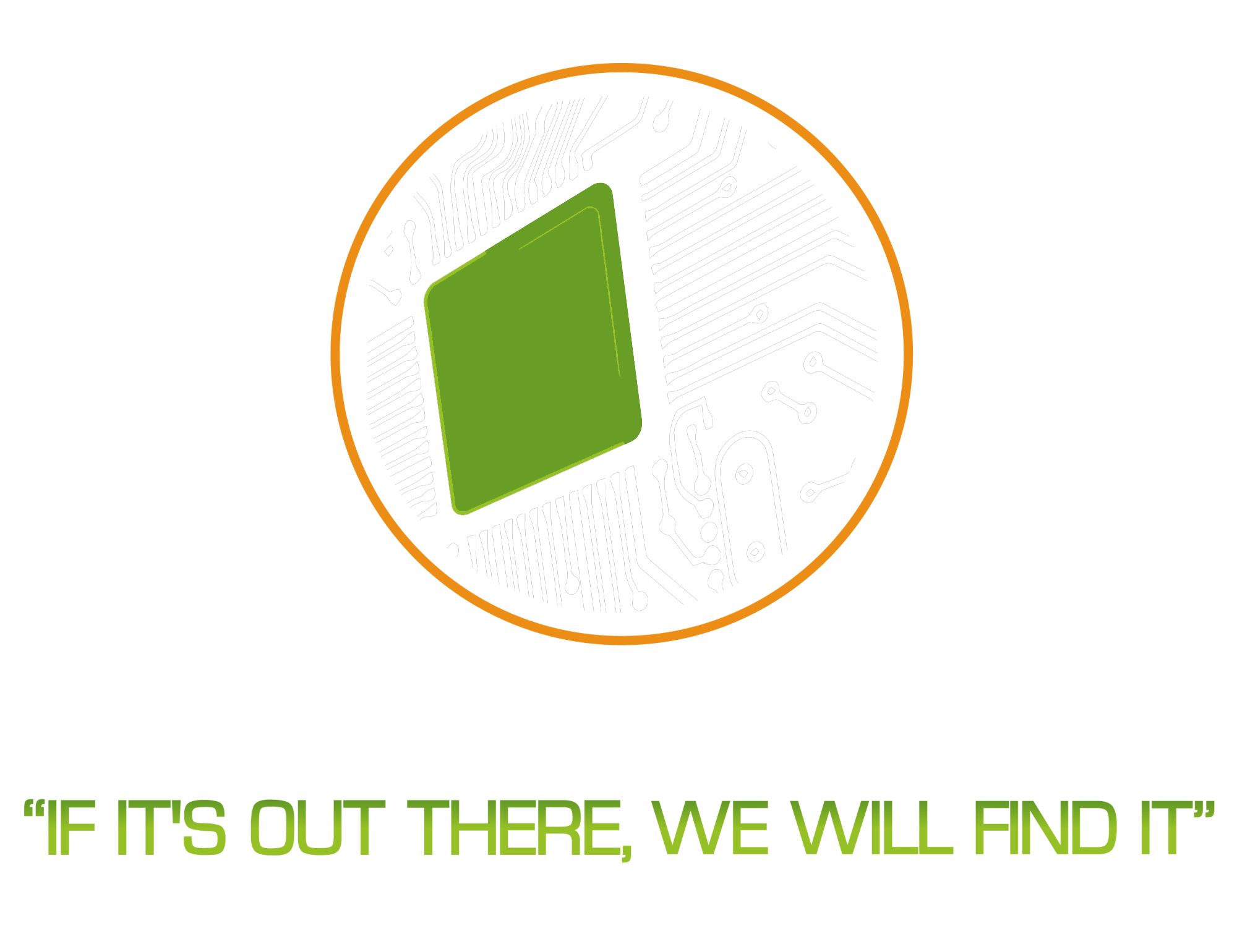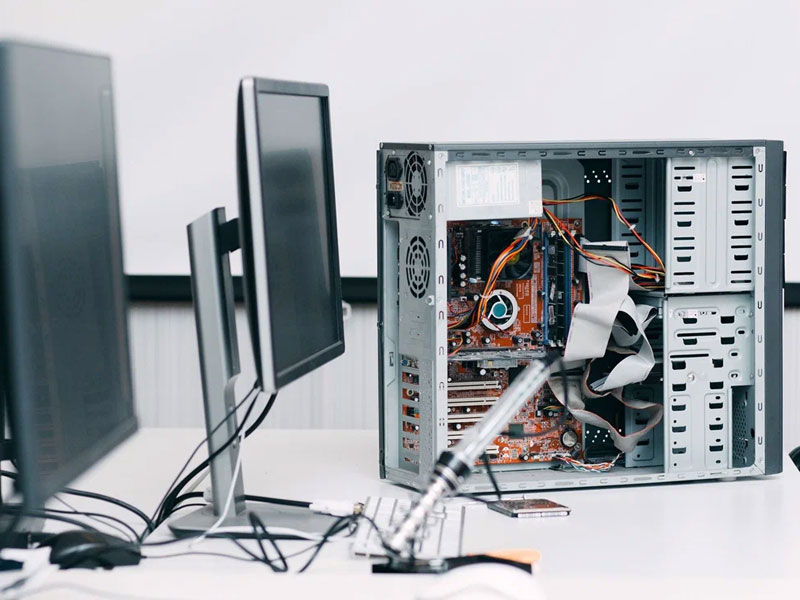When designing or repairing electronic equipment, choosing the right components goes beyond immediate availability. Reliability and longevity often define the success of a product, especially in critical applications.
Resistors, capacitors, inductors, and transistors each come with unique performance characteristics influenced by manufacturing quality, environmental conditions, and operational stresses. Selecting parts with appropriate voltage ratings, temperature tolerances, and material compositions ensures consistent function.
Engineers often face tough choices between cost, availability, and specification adherence. While new components may boast modern features, legacy parts sometimes remain preferable for compatibility or proven durability.
Sourcing obsolete or discontinued parts adds complexity but often becomes necessary. Industries such as aerospace, medical devices, and industrial controls demand long service life and certified performance. Using non-standard replacements can introduce failure risks or regulatory issues.
Quality assurance protocols include verifying manufacturer certifications, inspecting packaging for tampering or damage, and cross-referencing datasheets. When sourcing from surplus or secondary markets, component testing becomes critical. Electrical tests for capacitance, resistance, or gain parameters help weed out counterfeit or degraded stock.
Effective component selection also anticipates future maintenance and repair. Designing with widely available parts or establishing long-term supplier partnerships reduces downtime and costly redesigns.
In summary, investing time and expertise in component selection maximizes reliability. It safeguards projects from unexpected failures and preserves value across the lifecycle of electronic products.





